The vibrant research scene across the Lorraine site is grounded in structured academic partnerships with the national research bodies CNRS, INRAE, Inria and Inserm as well as Nancy university hospital (CHRU). The research partners are supported by the Research, Innovation and Society Coordination Committee of the Lorraine site (CORIS), set up in 1997 to coordinate the strategic research actions.
The 6 academic research partners of the Lorraine site share strategic priorities common to the whole region:
– Global influence through sound and/or decisive cooperation
– Commercialisation and promotion of research outputs and technology transfer
– Training in and through research with the PhD, the highest degree awarded by the University
– Stepping up of local partnerships
– Taking scientific, technical and industrial culture mainstream through public outreach
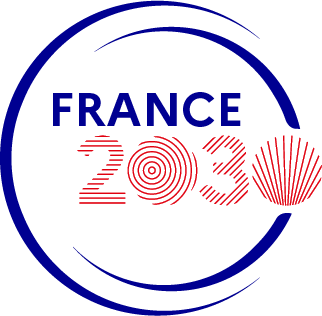
Thanks to the Lorraine site’s nationally acclaimed policy, the global influence of our research and our active involvement among the local community and businesses, Université de Lorraine was a winner of the “Lorraine Université d’Excellence” I-SITE initiative in 2016, alongside its core partners of the CCOSL, AgroParisTech and GeorgiaTech Lorraine.

WORLD-CLASS RESEARCHERS
5 “HIGHLY CITED RESEARCHERS” FOR LORRAINE IN 2020

Five Lorraine researchers once again ranked among the 6,167 “Highly Cited Researchers” in 2020. This prestigious and highly competitive accolade follows the Clarivate Analytics annual publication of a list of researchers having demonstrated significant global influence through the number of highly cited publications they produce in one or more of the 22 disciplines observed.
European research council
There are currently 4 ERC projects in progress across the Lorraine site: 2 CNRS, 1 Inria and 1 Université de Lorraine in the fields of geosciences, digital technology and process engineering.
Institut Universitaire de France
34. That’s the total number of IUF Junior and Senior members Université de Lorraine has had, since its establishment.
a THRIVING RESEARCH LOCATION
The industrial past of Lorraine, which harbours a wealth of natural agronomic, mineral and energy resources, has encouraged countless businesses to come and set up in Lorraine. We develop partnership-based research with them across a broad spectrum, but in engineering in particular.
Our involvement within clusters – Materalia, Hydreos, Fibres Energievie, Véhicule du futur, Industries et agroressources (IAR) – and the Institut de Recherche Technologique IRT M2P, demonstrates our commitment to embedding research in the community among local businesses of all sizes – from SMEs to large corporate groups.
Research at Université de Lorraine is also supported by the local authorities – the Grand Est Region in particular – and the two cities of Metz and Nancy.
Thanks to its geographic proximity with Germany, Belgium and Luxembourg, Université de Lorraine nurtures wide-ranging research collaboration with academic partners gathered together in the University of the Greater Region (UniGR), a cross-border university founded in 2008.
RAISING THE PROFILE OF OUR RESEARCH Infrastructure
In many fields, research relies heavily on technical platforms and infrastructure, capable of generating and managing the necessary data and information for the research projects and programmes.
Launched in March 2018, the Infra+ programme led by “Lorraine Université d’Excellence-LUE” is aimed at optimising the position of the Lorraine site’s research infrastructure within thematic scientific networks at national, European and international level, to boost the research potential and appeal of the Lorraine site in the areas of expertise and fields coming under the 6 hallmark societal challenges of the LUE’s identity.
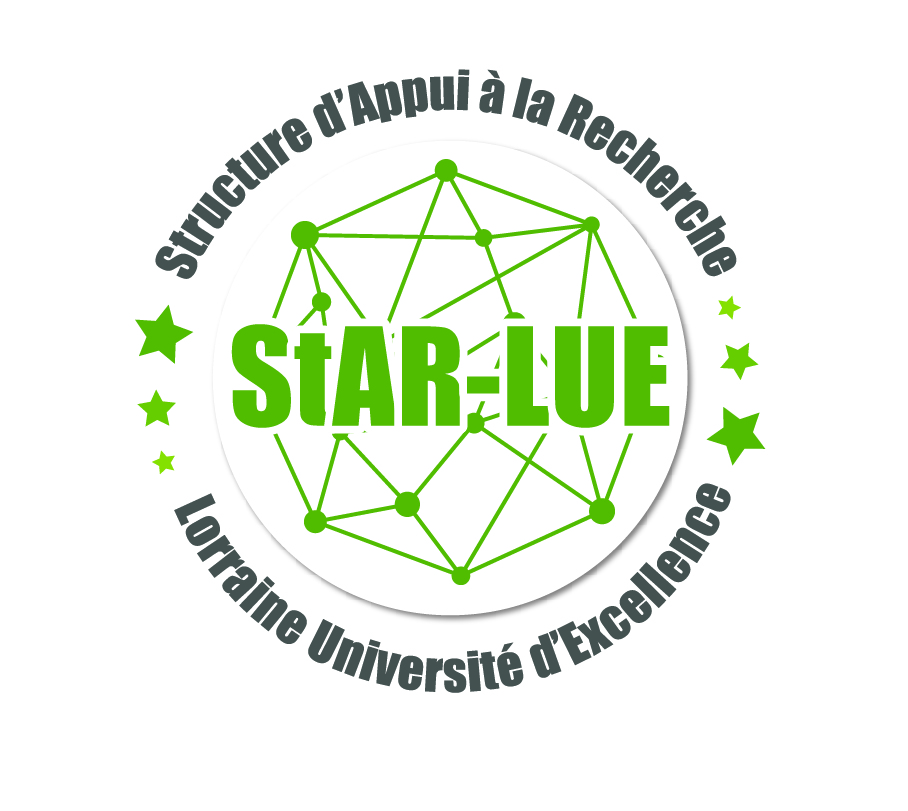
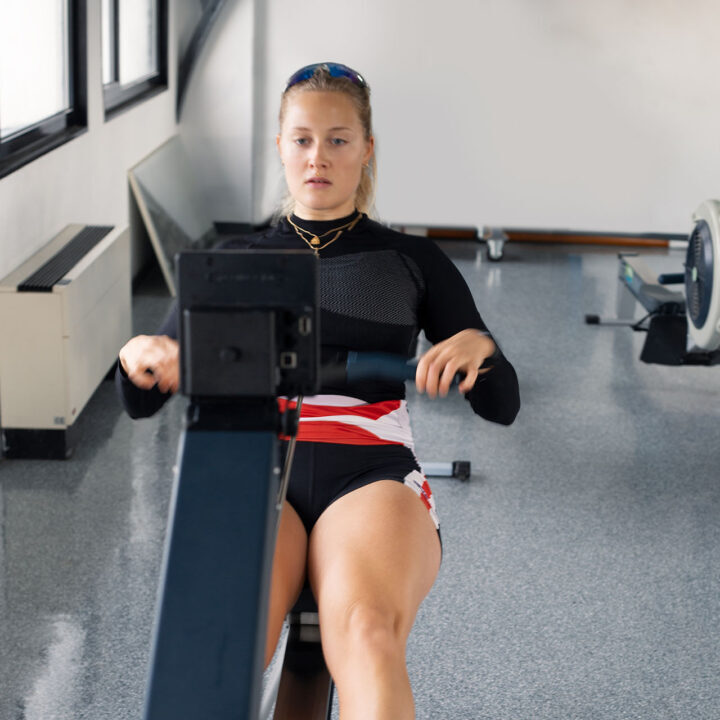










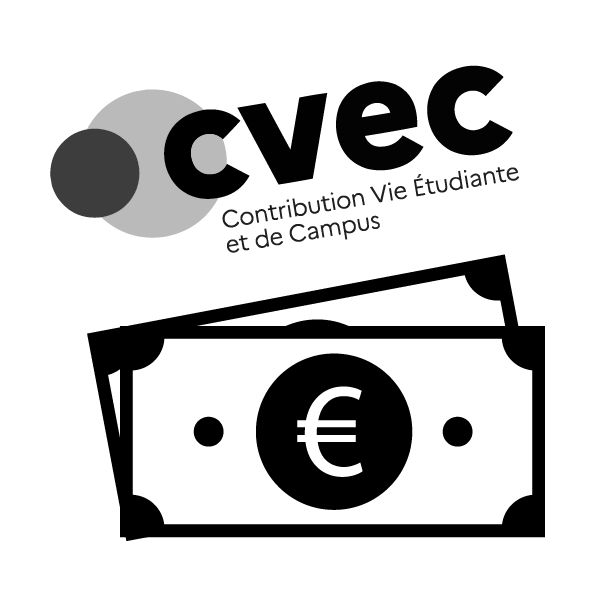











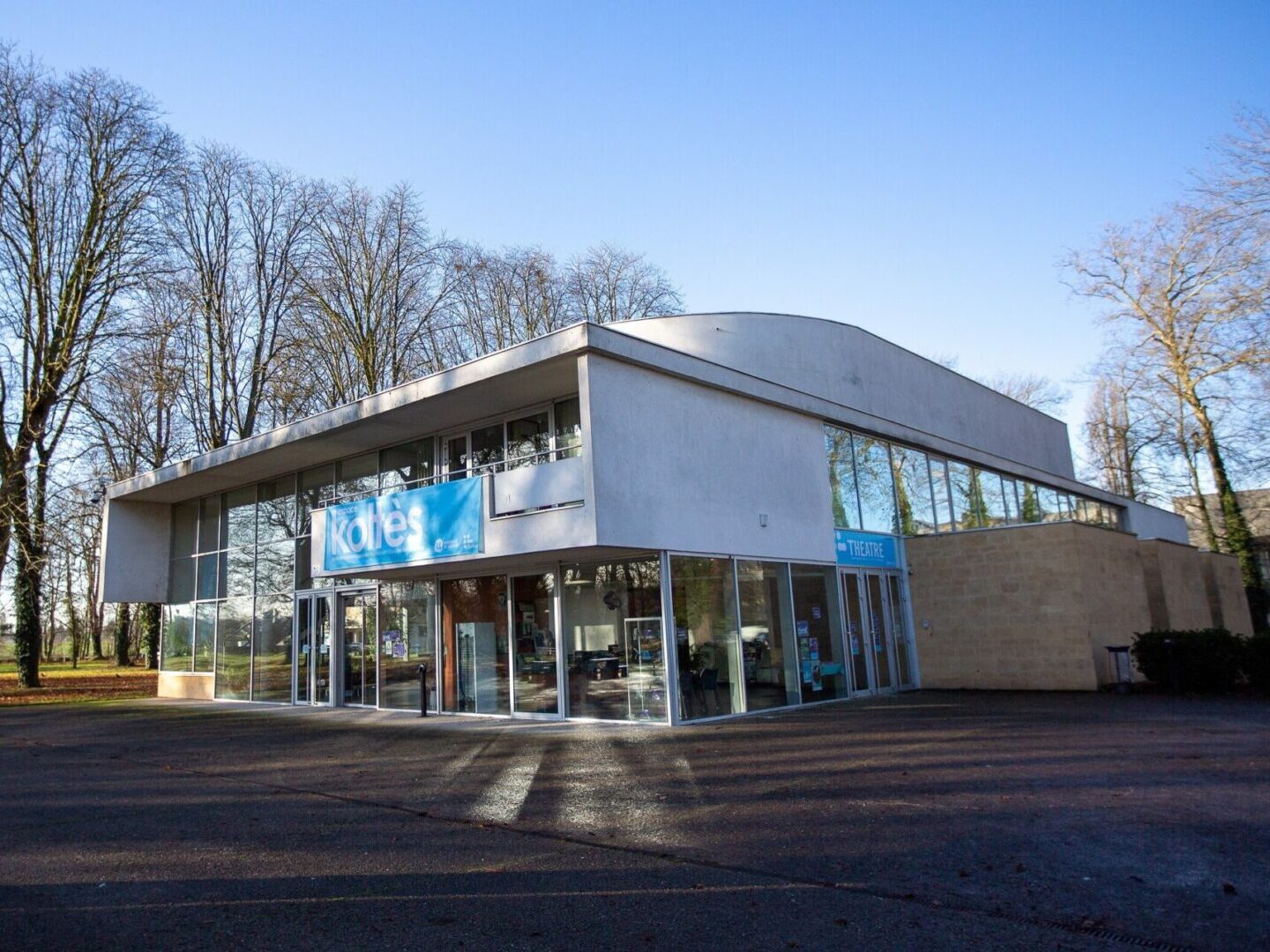


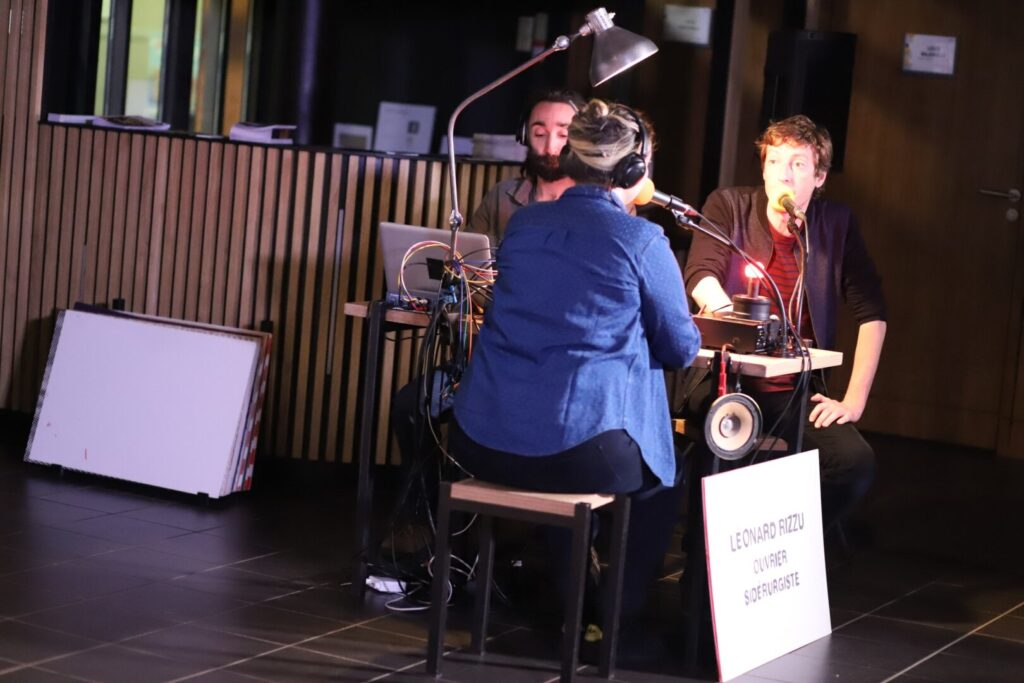










 Julien Vasseur est responsable d’une équipe de 30 personnes en charge des travaux neufs du domaine électrique ainsi que les essais avant mise en service.
Julien Vasseur est responsable d’une équipe de 30 personnes en charge des travaux neufs du domaine électrique ainsi que les essais avant mise en service. Noureddine Takorabet, Professeur des universités, enseigne à l’ENSEM. Il est, depuis 2018, directeur du GREEN, laboratoire de recherche de l’Université de Lorraine.
Noureddine Takorabet, Professeur des universités, enseigne à l’ENSEM. Il est, depuis 2018, directeur du GREEN, laboratoire de recherche de l’Université de Lorraine.